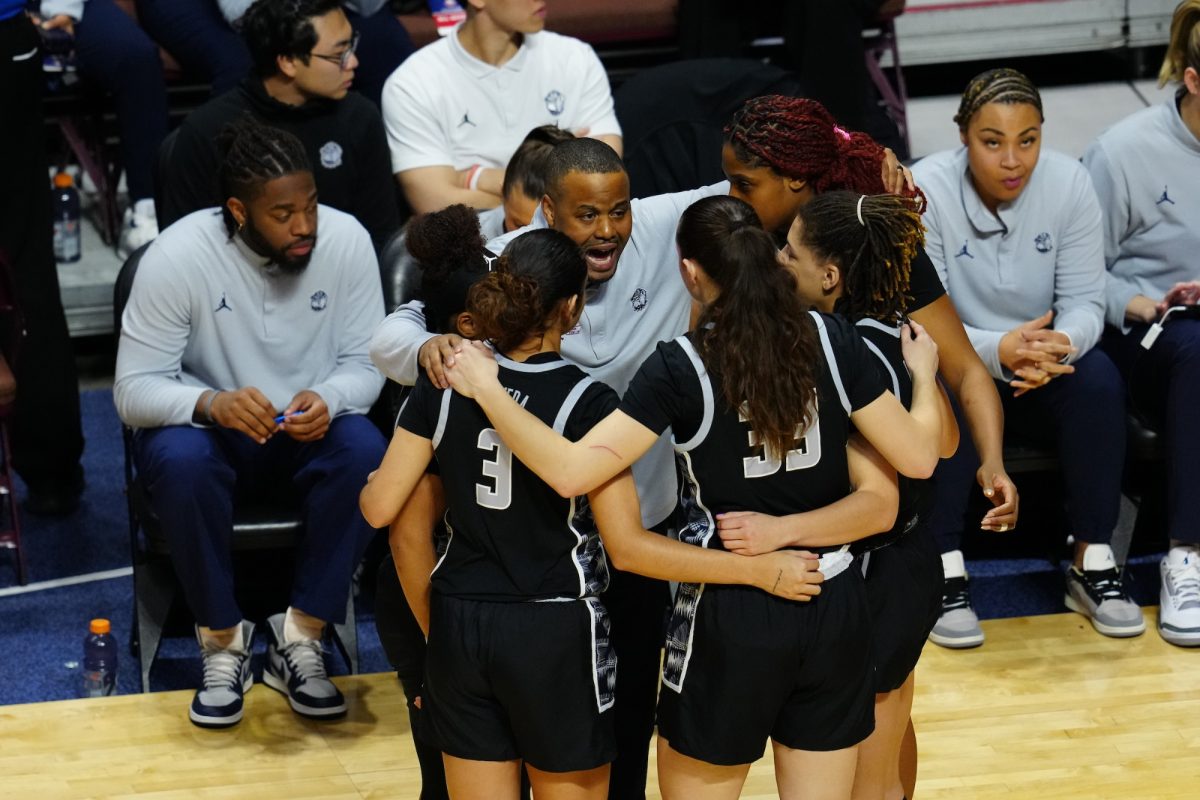When analyzing the greatness of professional athletes’ prowess, fans quickly compare within sports and not across them. Instead, fans should look across the athletic aisle for intersport comparison that can yield compelling analyses about players’ strengths.
Pitchers, goalies and quarterbacks get the most credit or blame out of all their teammates no matter what happens during a game. These records rarely tell the whole story of how involved they were in their team’s success, however, especially in a high-scoring baseball or hockey game in which both pitchers and goalies struggle but someone still walks away with a win.
Records are a valuable statistic for comparing starting pitchers’ success over the course of a full MLB season. Pitchers aim to win 20 games per season, making the benchmark an indicator of greatness, a difficult but achievable goal representing a successful season as much as any other statistic.
In baseball, the win total is more representative of a starting pitcher’s success than the win-loss record. Good outings by a pitcher can be spoiled by a lack of run production or discredited by not completing five innings, the minimum outing duration to receive a win as a starting pitcher. All of the ways in which an outing can be spoiled make this a difficult total, one which only the best of pitchers even have a chance to achieve.
Outside of win totals, which depend on offensive production, statistics such as earned run average, strikeout totals and fielding independent pitching can quantify just how much a pitcher is contributing to the team’s success beyond whether the outing results in a win.
The role fulfilled by a pitcher is similar to that of a hockey goaltender.
NHL teams frequently carry two goaltenders on their active rosters. Usually, the two goalies will play enough that their win percentages mirror the team’s. Yet, as the season progresses, stats typically reveal which goalie performs best, with record as one valuable way to differentiate the qualities of different goaltenders’ performances.
While not as evolved as baseball statistics, simple stats such as save percentages and goals per game can differentiate the performances of similar goaltenders. Comparing a goaltender’s performances across games when facing completely different numbers of shots or different qualities of shots versus win percentage lets fans make a more informed judgment of their netminders.
Beyond the diamond and the ice, one other position in American sports carries the team on their shoulders to the point where record can show how well one player performs on the gridiron. The quarterback is arguably the most important position in sports, and as a result, fans have the widest range of metrics to scrutinize play. With stats like quarterback rating, yards, touchdowns and adjusted net yards per attempt, teams have been searching for ways to isolate the performance of a quarterback from their teammates for years.
Another similarity between the three positions is how they are the center of attention for approximately half the game and are not involved in the action for the other half. For half the game, when the baseball team is in the field, when the hockey team is on its defensive end of the ice or when the football team has possession, every play or scoring opportunity goes through one player. Every pitch starts in the pitcher’s hand, every shot has to go through the goaltender and every play starts with the center snapping the ball to the quarterback. With all the action for half the game going through these three players, a bad performance can almost always lead to a loss for their team and their stat line.
For half the game, a quarterback is on the bench, a goaltender is watching the action from 200 feet away and a pitcher is on the bench hoping his teammates deliver run support, most of the time at least. If goalies can watch half the action from half a stadium away and have wins be an important metric for success when better metrics of performance exist, so be it. I agree that it’s fine for wins to matter for pitchers when they spend half of the game praying for the offense to deliver. I just have a hard time seeing the difference between those situations and a quarterback who has the ball on every play on offense, even just for a handoff but more often to pass, just because they watch their defense take the field for 30 minutes per game.
The similarities go beyond simply being the most important player on game day. Next time you are comparing the greatness between different starting pitchers, netminders or quarterbacks, the same level of attention should be given to each player’s record, because a team’s wins and losses can be flipped by the performance of one player more so than anyone else on the diamond, ice or field.
Jake Wexelblatt is a junior in the College. Finding Fallacies appears online every other week.















